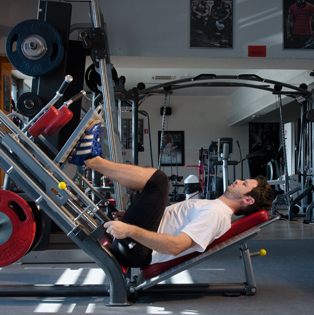Workout unit

A workout unit is the smallest organizational form of workout that involves execution of one or more, generally related workout segments. You can perform one or more workout units daily. The workout unit has its own structure, which consists of the introduction, main part and cooling down phases.
Introduction or warm-up is intended to prepare your body for the main part of the workout unit. Its primary function is raising your body temperature and, if needed, providing functional flexibility and muscle activation. You increase your body temperature actively through movement. If there are segments that require large amplitudes of motion and intensity in the main part, then the second part of the warm-up is designed to enhance flexibility and activation.
The main part of a workout unit contains workout segments selected to achieve the workout's objectives. These objectives involve increased resilience, strength, balance, coordination, flexibility and speed. Usually, the workout unit should be implemented with one or two segments. If two, the order in which they are performed is important. Activation, coordination, speed and balance (segments with emphasis on the nervous system) typically require you to be rested. Therefore they are implemented before segments that cause significant exertion, which are always at the end of the main part of a workout unit.
Some segment combinations are not recommended in the same workout unit, not even when performed within the same workout period. Reduction in the quality of the workout or risk of injury are two reasons. Sprints and racing technique are not compatible with training to increase muscle mass. Muscle fatigue, microscopic damage to muscle fibers (an integral part of the process of muscle growth), and deterioration of perception regarding the body's positions will prevent muscles from working effectively and in coordination. Therefore, true maximum efforts (such as speed and competition technique) cannot be successfully implemented at all. If you do attempt an ill-advised combination of segments, disturbed coordination of movement increases strain on already vulnerable and partially damaged tissues, and thus increases the chance of serious injury.
Cooling down serves to gradually shift from a state of strain to the resting state. For those segments that place great demand on the nervous system but little strain on power systems, static stretching will be the main component of cooling down. After activities that produce lactic acid buildup, it is beneficial to cool down by running (or cycling) to remove the lactic acid from the muscles as soon as possible. Only when lactic acid is removed is it reasonable to stretch muscles to relax them for quicker regeneration. Even after activities where there is exhaustion of muscle glycogen (long runs and cycling), it‘s advised to cool down by running and consuming energy substances (mainly in the form of simple carbohydrates and minerals), followed by stretching to relax muscles. After a very high muscle acidity segment (as in workouts to increase muscle mass), it is better to delay stretching for about two hours post workout, once lactic acid has dissipated from muscles. Of course, warming up is recommended before beginning this delayed stretching.